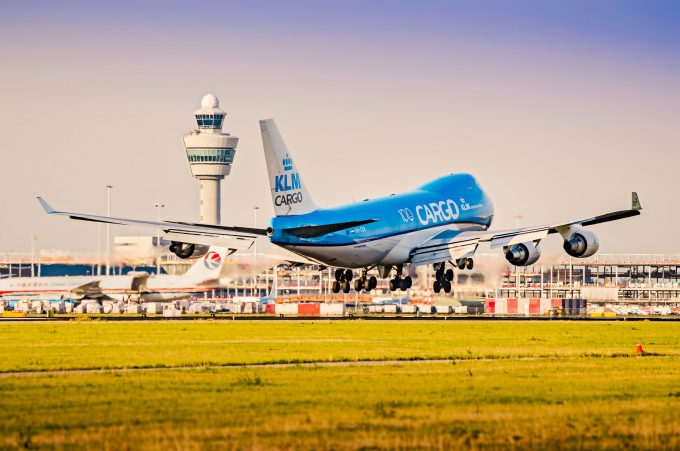Market Insight: Claw sharpening – Mærsk & Asia M&A, K+N CEO and more
It’s that time of the year

Worldwide Flight Services is opening its fourth air cargo terminal at Schiphol, but unlike the handler’s three other facilities at the Dutch gateway, the 3,000 sq metre building caters for airline clients not flying into the airport.
A more likely variant these days is handling facilities for online carriers at an airport coming onstream outside the perimeter fence.
This spring airfreight handling firm Aeroterm acquired two warehouses within ten minutes of Montreal’s Trudeau Airport. The two buildings, which have a combined footprint ...
Maersk Air Cargo sees volumes fall as it aims for 'margin in favour of revenue'
Keep our news independent, by supporting The Loadstar
Container spot rates diverge: to Europe still falling, but firmer to the US
Hapag-Lloyd won't take bookings if port congestion leaves cargo stranded
Ecommerce likely the front-runner in resurge of transpacific trade after deal
Airfreight players eye new routes as demand on the transpacific nosedives
China-US trade tariff pause could drive a rebound for transpacific rates
Service chaos from trade ban with India a problem for Pakistan shippers
Airfreight rates ex-China 'loss-making', but hopes of a trade deal stay high
Volume surge and an early peak season? 'Don't celebrate too soon,' warning
Indian coastal freight attracts major carriers, but regional tension disrupts
Serious threat to jobs in US logistics as tariffs cause economic 'stagflation'
APMM floats along on 'solid' Q1 profitability in Ocean, well prepared for choppy water
White House u-turns see freighters flying but keep logistics players on their toes
Carriers impose 'emergency operation' surcharges on Pakistan cargo
MSC in terminal switch as Nhava Sheva gets strong start to new fiscal year

Comment on this article
Gregory Iwan
August 23, 2022 at 3:28 pmThis piece says nothing about the fact that not all warehouse/cargo handling structures are created equal. There is clear (interior) height to consider, aisle width (especially for “drive-through” buildings), and number of docks with roll-up doors. For the latter there must be sufficient back-up/turnaround space for eighteen wheelers as well. Simply grabbing for a roof isn’t always that smart.